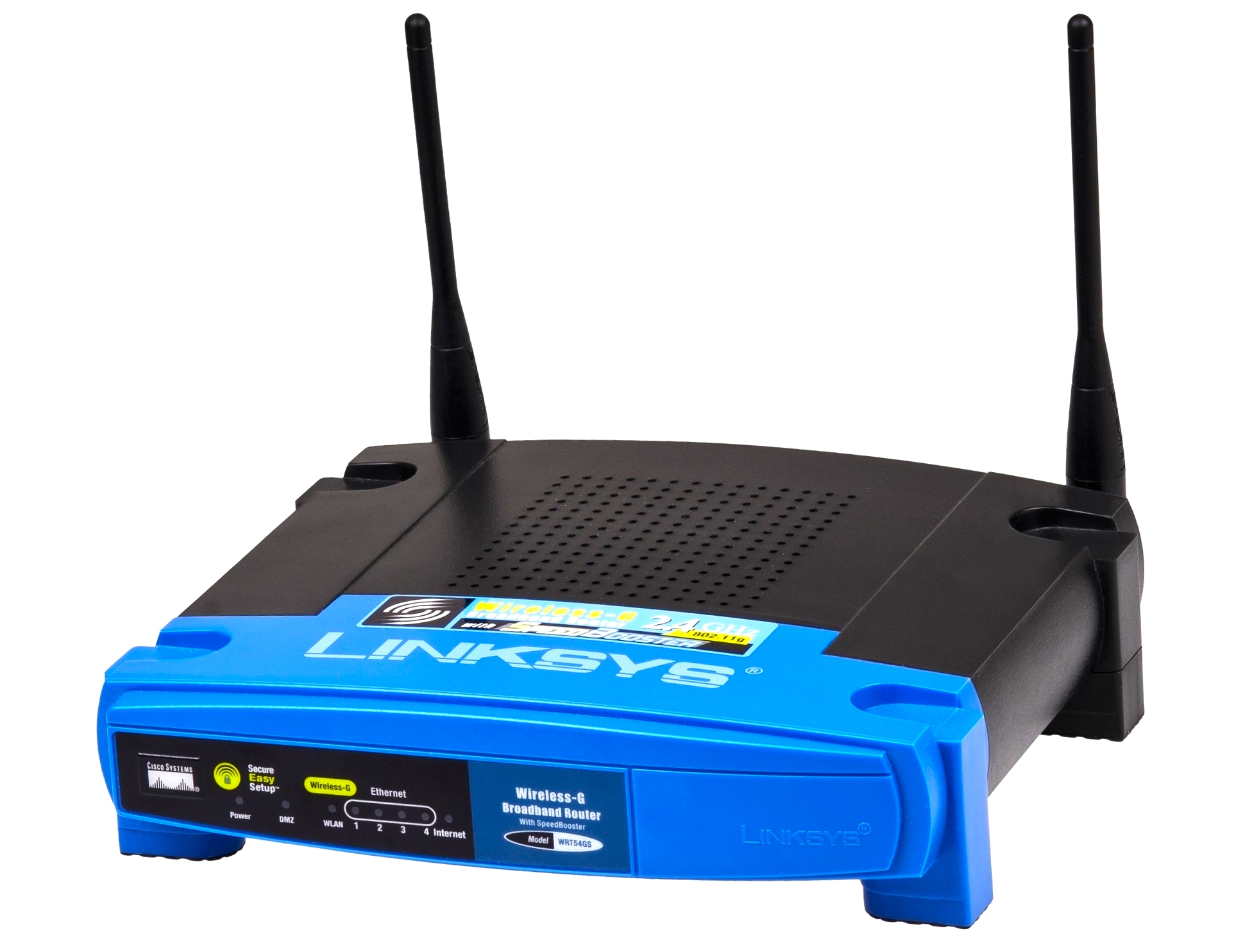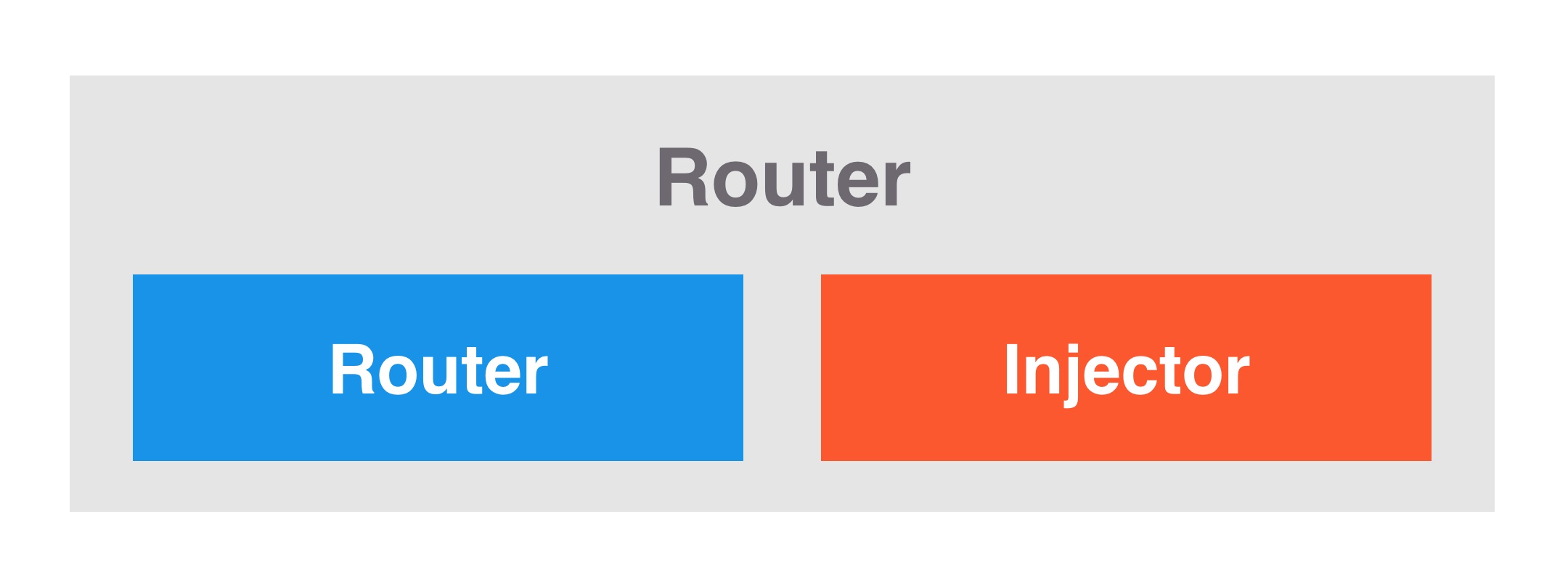Hey there, tech enthusiasts! Have you ever wondered how you can harness the power of RemoteIoT behind a router on your Android device without breaking the bank? Well, you're in luck because today we're diving deep into this fascinating topic. RemoteIoT has become a buzzword in the tech world, and understanding how to set it up for free can revolutionize the way you connect with your smart devices. So, buckle up and let's explore this game-changing technology together.
Imagine being able to control your smart home devices from anywhere in the world, all without spending a dime on expensive subscriptions or hardware. RemoteIoT behind a router on Android is not just a concept anymore—it's a reality that’s transforming the way we interact with technology. This guide will walk you through everything you need to know, ensuring you're equipped with the knowledge to make it happen.
In this article, we’ll cover the basics, advanced techniques, troubleshooting tips, and everything in between. Whether you're a seasoned tech wizard or just starting your IoT journey, this guide has got you covered. Let's jump right in and unlock the secrets of RemoteIoT behind router Android free!
Read also:Kris Jenner Husband The Inside Scoop On Love Fame And Family
Table of Contents
- What is RemoteIoT?
- Benefits of Using RemoteIoT Behind Router
- Setting Up RemoteIoT on Android
- Tools You Need for Free RemoteIoT
- Configuring Your Router for RemoteIoT
- Securing Your RemoteIoT Connection
- Troubleshooting Common Issues
- Advanced Techniques for RemoteIoT
- Cost-Saving Tips for RemoteIoT
- The Future of RemoteIoT
What is RemoteIoT?
Alright, let's start with the basics. RemoteIoT is essentially the ability to control Internet of Things (IoT) devices remotely. Think of it as giving your smart home devices superpowers—they can now respond to your commands no matter where you are. By setting up RemoteIoT behind a router on your Android, you're essentially creating a bridge that allows your devices to communicate with you over the internet.
This technology is not just limited to controlling smart lights or thermostats. It can extend to security systems, home automation, and even industrial applications. The best part? You can set it up for free, which makes it accessible to everyone, not just tech gurus with deep pockets.
How Does RemoteIoT Work?
RemoteIoT works by establishing a connection between your Android device and your IoT devices through your router. This connection is facilitated by a series of protocols and settings that allow your devices to communicate over the internet. Essentially, your router acts as a gateway, enabling your devices to send and receive data from your Android phone.
Benefits of Using RemoteIoT Behind Router
Now that we’ve got the basics down, let’s talk about why you should care about RemoteIoT. There are numerous benefits to using this technology, and here are just a few:
- Convenience: Control your devices from anywhere in the world using just your Android phone.
- Cost-Effective: Setting up RemoteIoT behind a router is free, saving you money on expensive subscriptions or hardware.
- Enhanced Security: With the right configuration, you can ensure that your devices are secure and protected from unauthorized access.
- Increased Efficiency: Automate tasks and streamline your daily routines, making your life easier and more efficient.
These benefits make RemoteIoT a no-brainer for anyone looking to enhance their smart home experience or streamline their business operations.
Setting Up RemoteIoT on Android
Setting up RemoteIoT on Android might sound intimidating, but trust me, it’s easier than you think. Here’s a step-by-step guide to help you get started:
Read also:Elliot De Niro The Rising Star Whos Taking The World By Storm
Step 1: Install Necessary Apps
First things first, you’ll need to download some apps on your Android device. Look for apps that support IoT connectivity, such as Home Assistant or MQTT Dash. These apps will act as the interface between your Android phone and your IoT devices.
Step 2: Connect to Your Router
Next, ensure that your Android device is connected to the same Wi-Fi network as your router. This will allow your device to communicate with your router and access your IoT devices.
Step 3: Configure Your IoT Devices
Now it’s time to configure your IoT devices. This usually involves setting up their IP addresses and ensuring they’re connected to the same network as your router. Refer to the device manuals for specific instructions.
Tools You Need for Free RemoteIoT
Before you dive into setting up RemoteIoT, make sure you have all the necessary tools. Here’s a list of what you’ll need:
- An Android device
- A router with port forwarding capabilities
- IOT devices compatible with your router
- Apps for IoT connectivity (e.g., Home Assistant, MQTT Dash)
- A stable internet connection
Having these tools on hand will make the setup process smoother and more efficient.
Configuring Your Router for RemoteIoT
Configuring your router is one of the most critical steps in setting up RemoteIoT. Here’s how you can do it:
Step 1: Access Your Router Settings
Start by accessing your router’s settings page. This is usually done by typing the router’s IP address into your browser. Look for the default gateway address on your network settings.
Step 2: Enable Port Forwarding
Once you’re in the router settings, enable port forwarding. This allows your router to direct incoming traffic to the correct IP address, ensuring your IoT devices can communicate with your Android phone.
Step 3: Set Static IP Addresses
Assign static IP addresses to your IoT devices. This ensures that their IP addresses don’t change, which could disrupt the connection.
Securing Your RemoteIoT Connection
Security is paramount when it comes to RemoteIoT. Here are some tips to ensure your connection is secure:
- Use strong, unique passwords for your router and IoT devices.
- Enable encryption on your Wi-Fi network.
- Regularly update your router’s firmware to patch any security vulnerabilities.
- Consider using a Virtual Private Network (VPN) for added security.
By following these tips, you can protect your devices and data from potential threats.
Troubleshooting Common Issues
Even with the best setup, you might encounter some issues. Here are some common problems and how to fix them:
Issue 1: Devices Not Connecting
If your devices aren’t connecting, check the following:
- Ensure all devices are on the same network.
- Verify that port forwarding is correctly configured.
- Check for any software updates that might resolve the issue.
Issue 2: Slow Connection
A slow connection can be frustrating, but here’s how you can fix it:
- Move your router to a central location in your home.
- Reduce interference from other devices.
- Consider upgrading your router if it’s outdated.
Advanced Techniques for RemoteIoT
Once you’ve got the basics down, you can explore some advanced techniques to take your RemoteIoT setup to the next level:
Automation
Set up automation rules to have your devices perform tasks automatically. For example, you can set your lights to turn on at sunset or your thermostat to adjust based on the weather forecast.
Custom Dashboards
Create custom dashboards to monitor and control all your devices from one place. This can make managing your smart home much easier and more efficient.
Cost-Saving Tips for RemoteIoT
While RemoteIoT is free to set up, there are still ways to save even more money:
- Use open-source software whenever possible.
- Repurpose old devices as IoT controllers.
- Shop around for deals on IoT devices and accessories.
These tips can help you maximize your savings while still enjoying the benefits of RemoteIoT.
The Future of RemoteIoT
The future of RemoteIoT is bright. As technology continues to evolve, we can expect to see even more advanced features and capabilities. From improved security to enhanced automation, the possibilities are endless. Staying ahead of the curve and embracing these advancements will ensure you’re always at the forefront of the IoT revolution.
What’s Next?
Keep an eye on emerging trends and technologies in the IoT space. Stay informed about new developments and how they can enhance your RemoteIoT setup. The more you know, the better equipped you’ll be to take full advantage of this powerful technology.
Conclusion
There you have it, folks! A comprehensive guide to setting up RemoteIoT behind router Android free. From the basics to advanced techniques, we’ve covered everything you need to know to harness the power of IoT technology. Remember, the key to success is understanding the technology and configuring it correctly.
So, what are you waiting for? Dive into the world of RemoteIoT and start transforming the way you interact with your smart devices. Don’t forget to leave a comment and share this article with your friends and family. Together, let’s embrace the future of technology!


